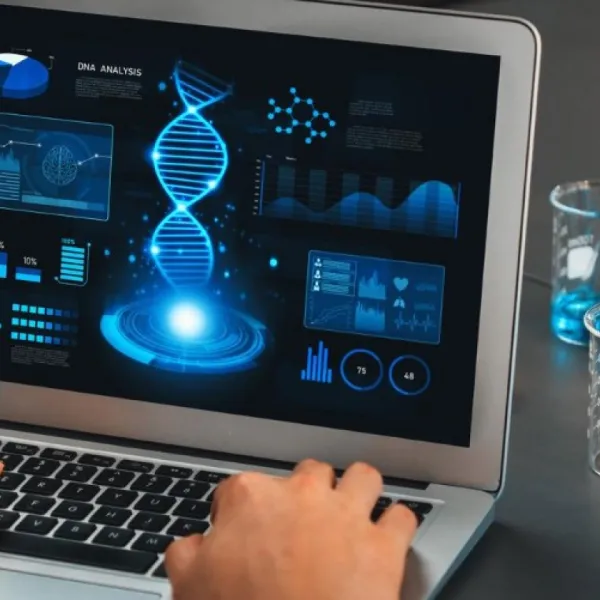Neuralink's 2nd Human Implant Surgery a Success, Expanding Brain-Computer Interface Capabilities

Neuralink’s Link device currently allows users to control on-screen cursors and digital devices.
Elon Musk’s brain-computer interface company, Neuralink has announced the successful completion of its second human implant surgery.
The patient, identified as Alex, a former automotive technician who suffered a spinal cord injury, is now able to design 3D objects and play video games such as Counter-Strike 2 using Neuralink's Link device.
Founded in 2016, Neuralink aims to develop a BCI that can be used to control external devices, such as prosthetic limbs or computers, and to restore lost brain functions.
Improvements Over First Implant
This second procedure appears to have avoided complications encountered during the first human implant trial with Noland Arbaugh, whose electrode threads retracted unexpectedly from his brain.
To prevent a recurrence, Neuralink implemented several new measures, including reducing brain motion during the surgery and minimizing the gap between the implant and the brain's surface.
In Arbaugh's case, post-surgical software updates were required to mitigate the issue, but these improvements ensured a smoother outcome for Alex.
Expanding Neuralink's Capabilities
Neuralink’s Link device currently allows users to control on-screen cursors and digital devices.
However, the company is actively working on new features that will enable the device to decode multiple simultaneous movement intentions and recognize handwriting, potentially allowing patients to write faster and more efficiently.
These advancements aim to restore digital autonomy for individuals with severe movement limitations and give a voice to those unable to speak due to neurological conditions.
While the Link device is presently intended for patients with quadriplegia and other severe movement disorders, Musk has expressed aspirations that Neuralink implants could eventually enhance the abilities of healthy individuals, including improving memory recall.
Alex's surgery was performed at the Barrow Neurological Institute in Phoenix, and he was discharged just one day later. He has since used computer-aided design software to create a custom mount for his Neuralink charger, showcasing the potential of this technology.
Musk has indicated that he hopes to have several more patients implanted with the device by the end of the year, as part of Neuralink’s ongoing Prime study, which is an investigational medical device trial.
Stay tuned for more such updates on Digital Health News





























